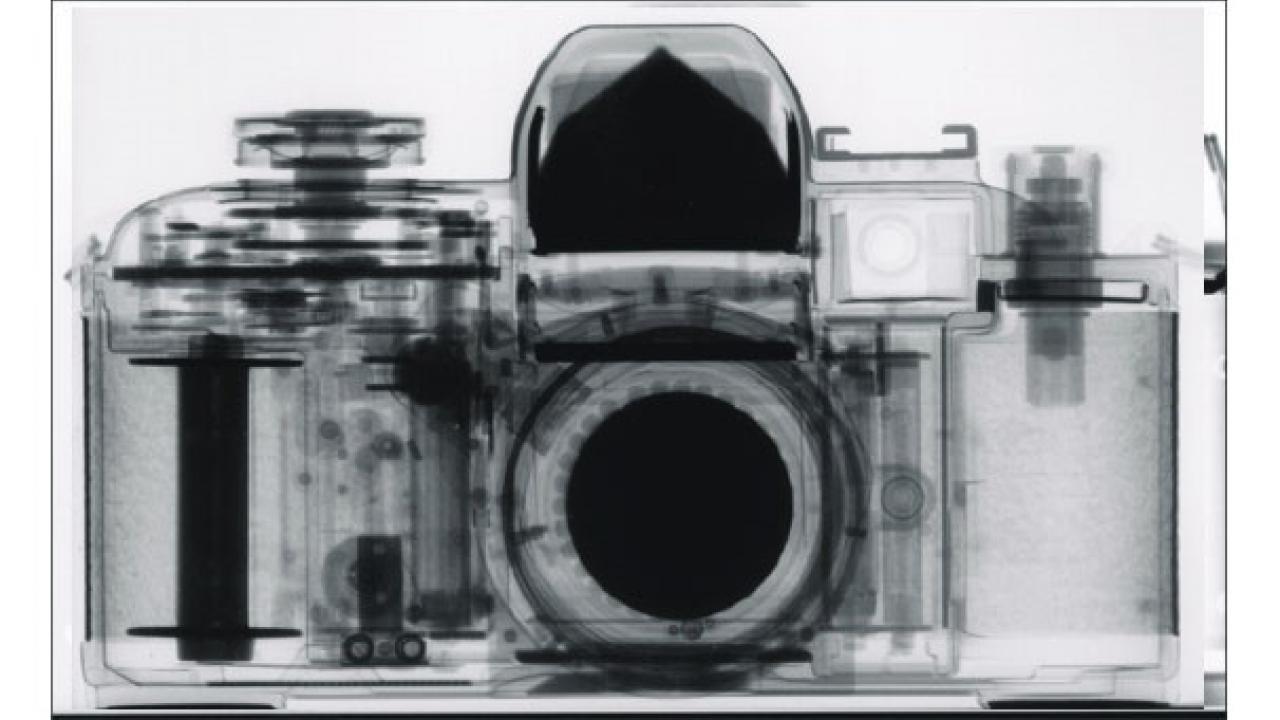
Perseverance Lands on Mars, With Help From UC Davis
By Andy Fell, originally posted by UC Davis Egghead.
“Perseverance will get you anywhere” — and after a journey of seven months, 300 million miles and a nerve-racking seven minute plunge through the Martian atmosphere, NASA’s Perseverance rover landed safely in Jezero Crater Feb. 18. Many scientists, engineers and facilities — especially at the NASA Jet Propulsion Laboratory in Pasadena — contributed to the mission, and UC Davis played a crucial role as well.
Deploying the parachute, firing retrorockets to slow the space craft and lowering the rover to the ground all relied on small explosive charges. NASA’s engineers had to be certain that these systems would all perform correctly. To do that, they turned to UC Davis’s McClellan Nuclear Research Center (MNRC). The MNRC is one of only two facilities in the U.S. able to image these critical components using neutron radiography.
Similar to an X-ray, neutron radiography allows researchers to ‘see’ inside objects without damaging them. Unlike X-rays, neutrons pass through heavy elements and can resolve lighter elements such as hydrogen and carbon. Using this method, the MNRC can image objects from less than a centimeter in size to an aircraft wing.
Over the past four years, the MNRC has supported development and final flight readiness for the Mars 2020 mission by non-destructive testing of mission critical components with neutron radiography.
“The staff at UC Davis Office of Research and McClellan Nuclear Research Center were all pleased to see that all went according to plan with the successful February 18th landing,” said Prasant Mohapatra, vice-chancellor of the Office of Research, which oversees the facility. “We’re delighted to have played a role in this historic mission.”
Alumni involvement
Three UC Davis alumni have also played roles in the mission. Jessica Samuels (B.Sc. mechanical engineering, 1999) is systems engineer at JPL and Surface Systems and Mission Manager for the Mars 2020 Mission. NASA Chief Engineer Adam Steltzner (B.Sc. mechanical engineering, 1990) designed the “sky crane” landing system first used for the Curiosity mission in 2012. And Sara Langberg, who graduated with an undergraduate degree in mechanical engineering in 2016 after studying with Professor Stephen Robinson, is a development engineer on the Ingenuity helicopter carried aboard the rover.
UC Davis has also been closely involved with Perseverance’s predecessor, Curiosity. Professor Dawn Sumner, chair of the Department of Earth and Planetary Sciences, is a member of the Mars Science Laboratory (Curiosity) team. Sumner helped select the landing site in Gale Crater and has been closely involved in Curiosity operations as the rover has searched for signs of water and past life.
Congratulations to all involved, and we look forward to the discoveries to come from Perseverance!
